As you may have noticed from our thematic choices, neither I nor Nazim are great sportsmen but since Italy is a country that offers an immense variety of proposals and trials of all levels of difficulty, we have decided that the time has come for us to take into consideration those who are less lazy than us.
Please notice though that in this first effort Nazim was missing in action!!!!
Last Sunday I was pulled out of my comfortable bed by my friend Pary (yes, she has a strange name) who convinced me to bike ride from Milan to La Certosa di Pavia, a beautiful Abbey a few kilometers out of the city of Pavia.
The ride covers a modest distance, more or less 35 km, and it runs along the Naviglio Pavese, one of the main canals that cross Milano. (In the future I have to write an article about the fascinating canal system that surrounds our city!!).
Italy has recently discovered its vocation for bike riding holidays and it is quickly gearing up to offer the many foreigners who decide to visit our country in this alternative way, a net of cycle paths scattered almost everywhere.
The cycle path I am talking about is also part of this net.
For anyone who bike rides the distance we were going to cover is ridiculous but the main challenge was for sure my bike conditions: bought second hand from a friend who kept it in her open courtyard for a good stretch of time, never underwent any kind of restoration because in Milan brand new bicycles last as we say “like a cat in the highway”: if you don’t want your vehicle to be stolen you’d better have a rotten one.
So I left with my bicycle chain ready to fall, an uncomfortable crooked saddle and rusted brakes full of good intentions and determined to bring home the first “sport-based” article for Casa Chiesi …. and as you know luck kisses the daredevils: despite the premises, I succeeded in my intent and now I can proudly show you the result of my excursion.
An interesting detail: a few hundred meters from the Certosa there is a small train station (Certosa di Pavia) on which we managed to embark the bicycles on our way back to Milan, saving us from facing a possible return with a sore butt.
The road is all flat and runs along the countryside and the rice fields, the old farmhouses, the iron locks, and some industrial archeology buildings, reminding us how much Milan was economically linked to the course of its waters.
The only bad thing about the experience is the fanatic cyclists (in Italy cycling is back in the last few years in great fashion) who train for God knows which amateur races and who are convinced that together with their super-performing racing bikes they have also bought the cycle paths.
I know, I know….I am turning into a grouchy old lady as my daughter Zoe says…
Anyway, a couple of hours later we arrived to our destination and of course, I begged my friend to take some time to visit The Certosa because the last time I was there was when Nazim had just moved to Milan, many years ago and I wanted to see it again.
In fact, it’s incorrect to define this complex as an “Abbey” because it is a Certosa and as you probably understood by now I adore to make a research about this kind of subjects.
Well, in Italy when we want to say that somebody is extremely patient we say “… ha una pazienza da Certosino!”, “he is as patient as a Carthusian” because the monks belonging to this order were incredible scribes and became very skilled in the creation of extraordinary and articulated book miniatures, famous all over the world for their exquisite refinement, for their unsurpassed precision.
And precision needs patience!!!!
Perhaps not everyone knows that from the beginning of the third century Egypt was the first country ever to see monasticism born and flourish, partly to escape persecution in the desert and partly for the need to follow a more contemplative life, as close to God as possible.
This ancient tradition developed a lot in the Middle Ages but the order we are talking about differs a little from the others for the absolute rigor to which its monks are subjected which has never changed over the centuries.
The order was founded by Saint Bruno in 1084 in France, with the creation of the first monastery, the Grande Chartreuse (not open to visitors, as is generally the case for all the Chartreuse).
The structure takes its name from the Massif de la Chartreuse, in the French Pre-Alps, near Grenoble, where Saint Bruno and six companions sought solitude to devote themselves to the contemplative life: a union of solitary men living in a small community.
The Carthusian monks wear a crude white wool cassock, with a leather belt and scapular with hood; verbalization among the monks is reduced to a minimum and practically no public life exists for them: visits are prohibited.
In addition to this, the Carthusians take a vow of permanent residence, meaning they spend their entire lives in the same Chartreuse.
Their cells are organized like tiny houses: as in the Camaldolese tradition (see our previous article <here), they are designed to guarantee solitude, small independent spaces, complete with everything necessary for a solitary life.
They are considered the most austere and rigorous vocation among all those of the Church: solitude, silence, many hours of prayer, study, work, often have one meal a day, have perpetual abstinence, sleep on straw bags, go to sleep around 8 pm, rest for four hours, then get up at midnight for the Night Office (which lasts two to three and a half hours), then go to rest for another 3-4 hours before getting up for good. They have no heating, no TV, radio or newspapers.
Now that you have an idea of the religious monks who built the Chartreuse, let’s talk a little about its appearance.
The first word that flashes in my mind is sugar.
After passing the entrance portal that hides the entire complex together with its brick walls, you find yourself facing the facade of the church commissioned by Duke Gian Galeazzo Visconti and destined to become the dynastic mausoleum of the Dukes of Milan (in fact here you find the tombs of Giangaleazzo Visconti, Ludovico il Moro e Beatrice d’Este).
It was Gian Galeazzo Visconti who inaugurated the works on 27 August 1396, laying the first stone of the construction site.
Designed in the Gothic style, the works at the Certosa di Pavia were completed at the beginning of the 16th century under the dominion of the Sforza, who in the meantime had succeeded the Visconti in control of these lands.
The Carthusian monks, to whom the monastery had been left by the founder, were linked to a clause that provided for the use of a part of their proceeds (fields, land, income, etc.) to continue the construction of the monastery.
Even when the construction could have been defined as complete, the monks continued to spend large sums of money for additional decorations: therefore the Certosa di Pavia contains works of art dating back to at least four centuries (15th, 16th, 17th, and 18th centuries).
And perhaps, for this reason, it looks like an inviting cake where the chef exceeded a little in the decorations.
Gothic gave way to the Renaissance which was eventually replaced by the Baroque……
Nevertheless, the impact is pretty impressive: polychrome inlays, bas-reliefs, mullioned windows, medallions with profiles of emperors, statues, sculptures, and historiated reliefs…. A bit of everything but surprisingly harmonious!!!!
Inside the church offers a spectacular view with its original blue ceilings painted with lapis lazuli powder and the gold stars much loved by the Carthusians.
A curiosity: in the right apse of the transept there is a fresco by Bergognone depicting Gian Galeazzo Visconti in the act of presenting to the virgin the model of the Certosa between Filippo Maria Visconti, Galeazzo Maria Sforza and Gian Galeazzo Sforza, executed between 1490- 1495.
You can’t visit the complex on your own but you have to follow a monk that will explain the several art pieces held inside the church and the large cloister overlooked by the monks’ “apartments”, two of which you’ll be allowed to enter.
You can also visit the inlaid wooden choir (a very rare piece) and the refectory where the monks ate their only convivial meal once a week on Sundays, in silence, listening to the voice of a monk reading the gospel from the pulpit.
Over the centuries the monastery passed from the hands of the Carthusians to those of the Cistercians and then the Carmelites several times. Today the Charterhouse belongs to the State but is inhabited and run by the Cistercians who manage it with visitors offers and the proceeds of the shop that sells their natural products.
And if you end your visit at the right time you can stop for something to eat under the pergola of the restaurant right next to the Chartreuse.
Do you want to know something funny?
The agreement stipulated between the State Property, owner of the Certosa and the monks has now expired therefore they are occupants without a precise title.
The Certosa di Pavia, in the course of almost a thousand years, has had alternating moments of greatness and misery but what would Giangaleazzo Visconti think if he knew that his beloved Charterhouse is now in the hands of squatter monks?
Betti
[socialWarfare]

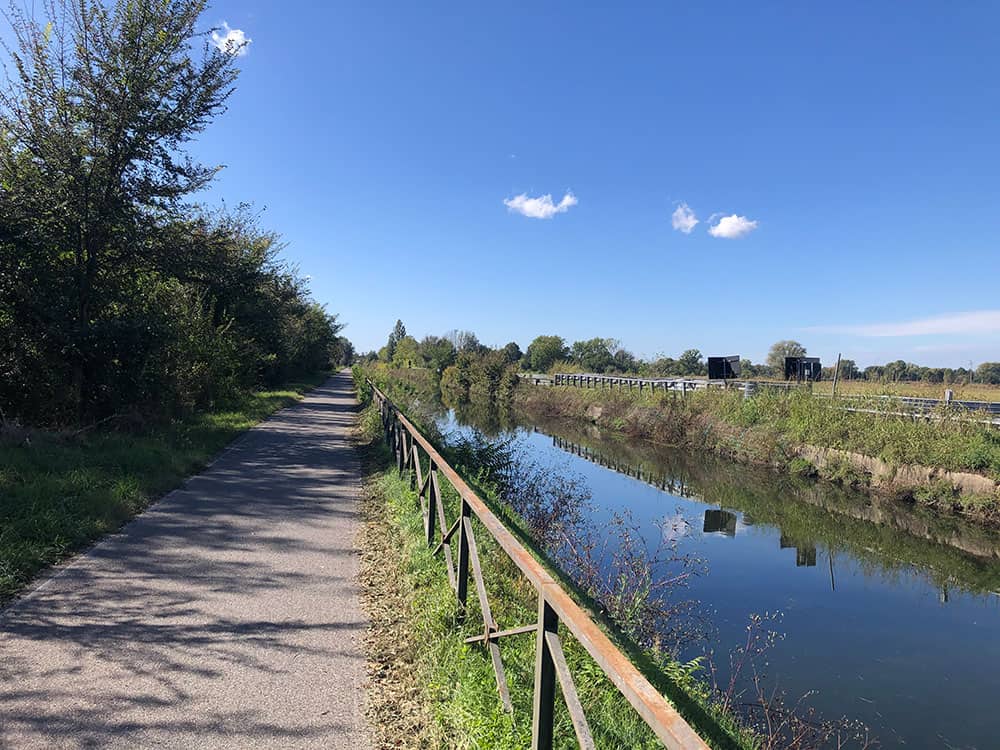
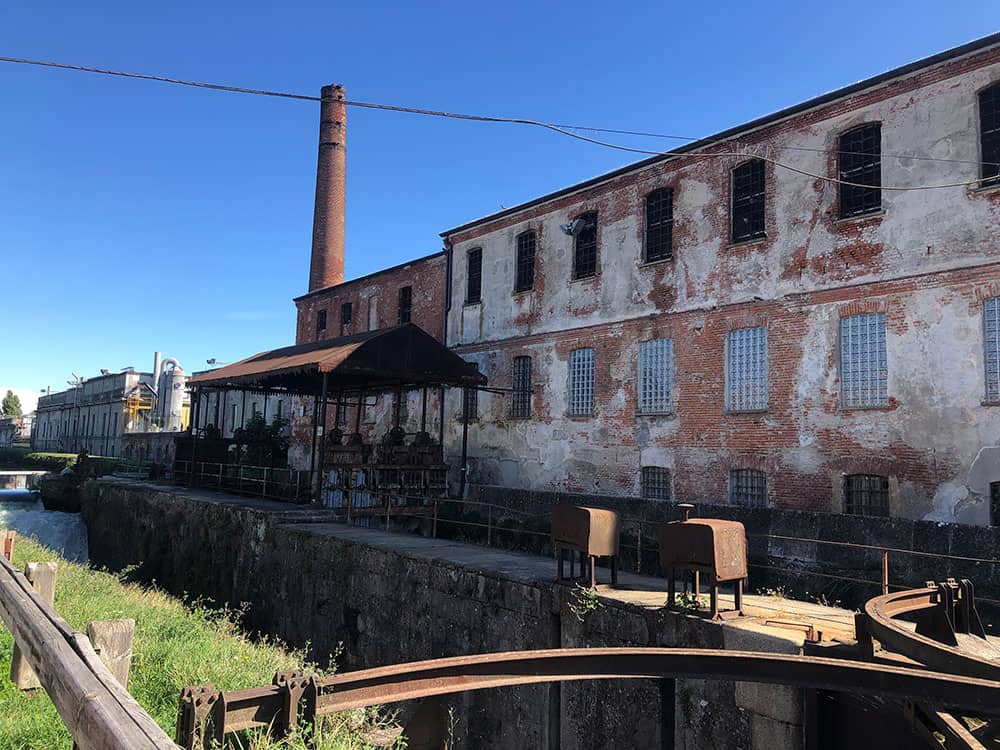
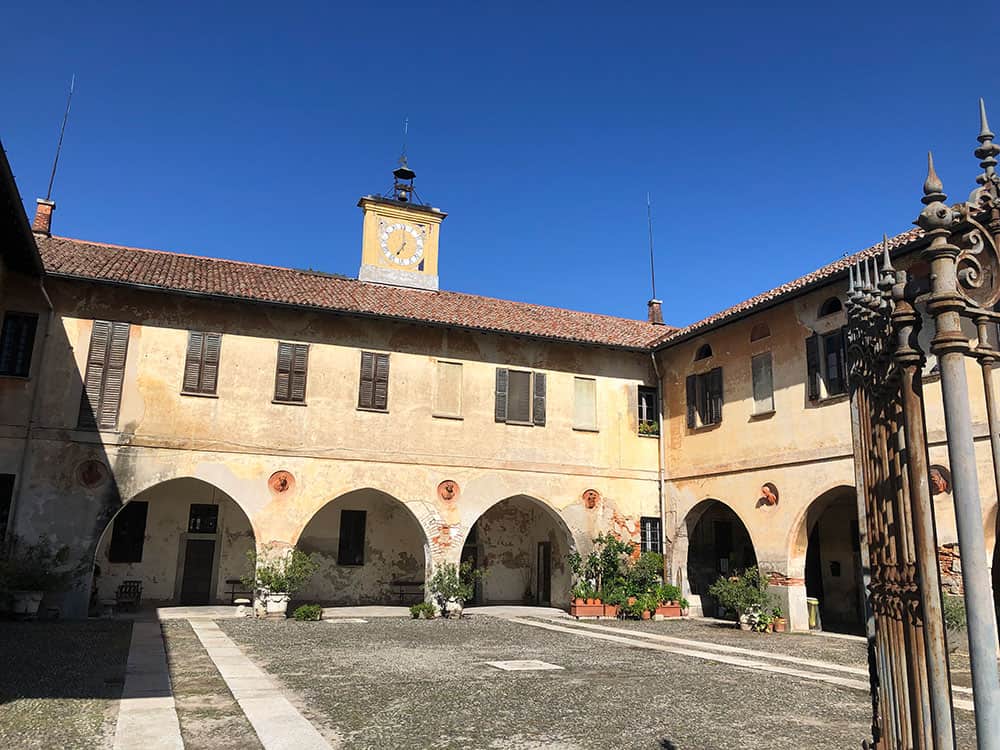
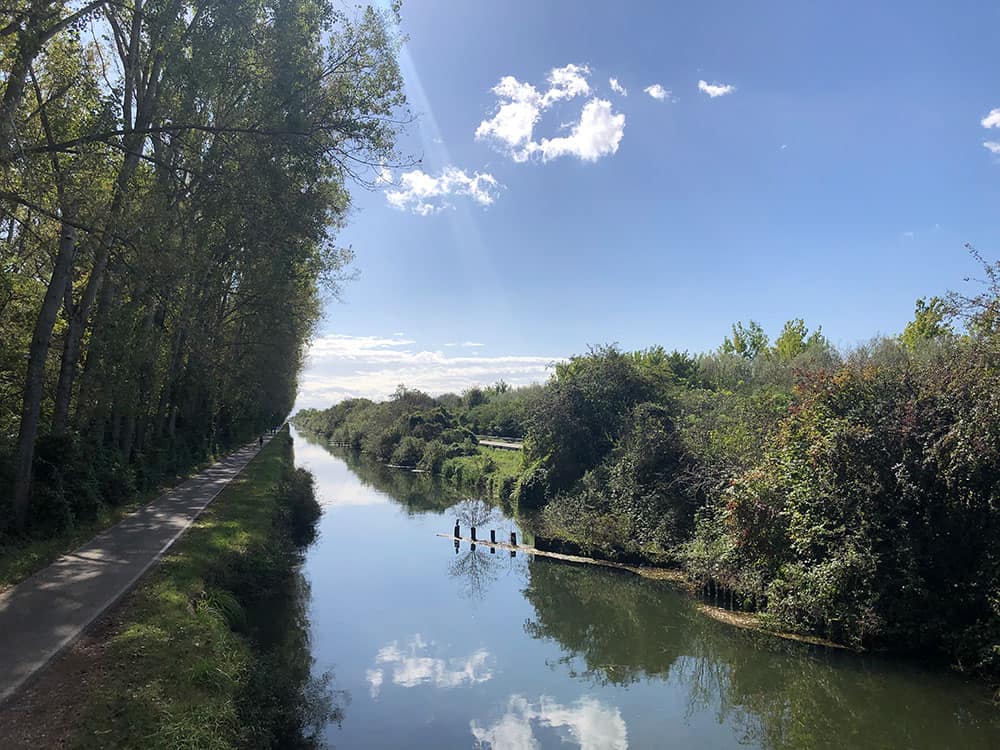
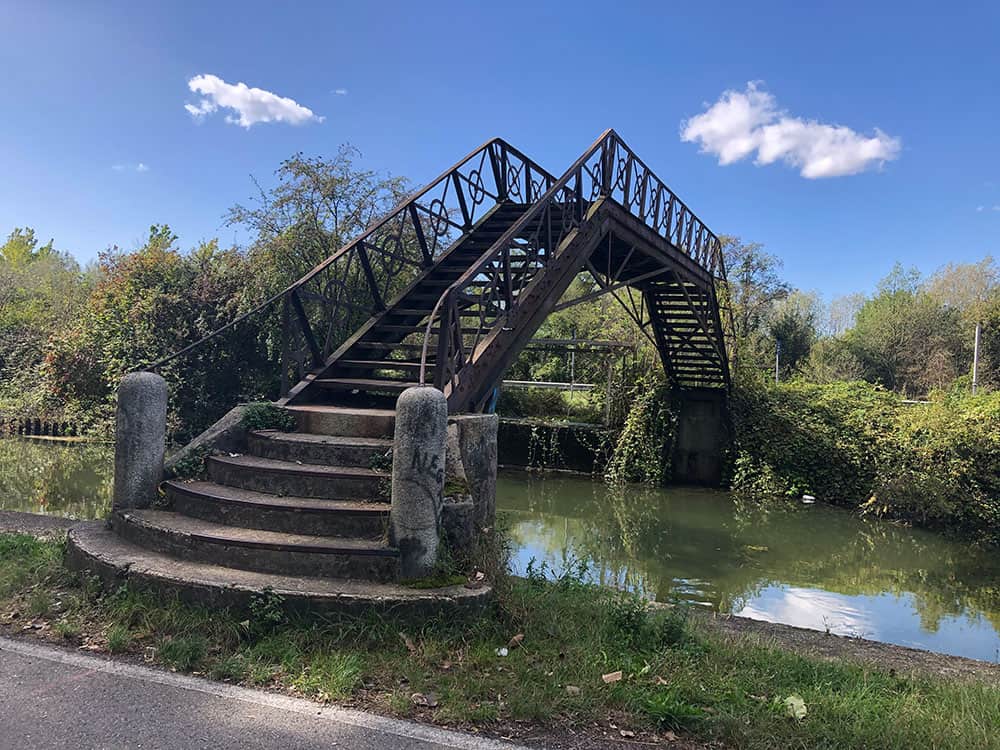
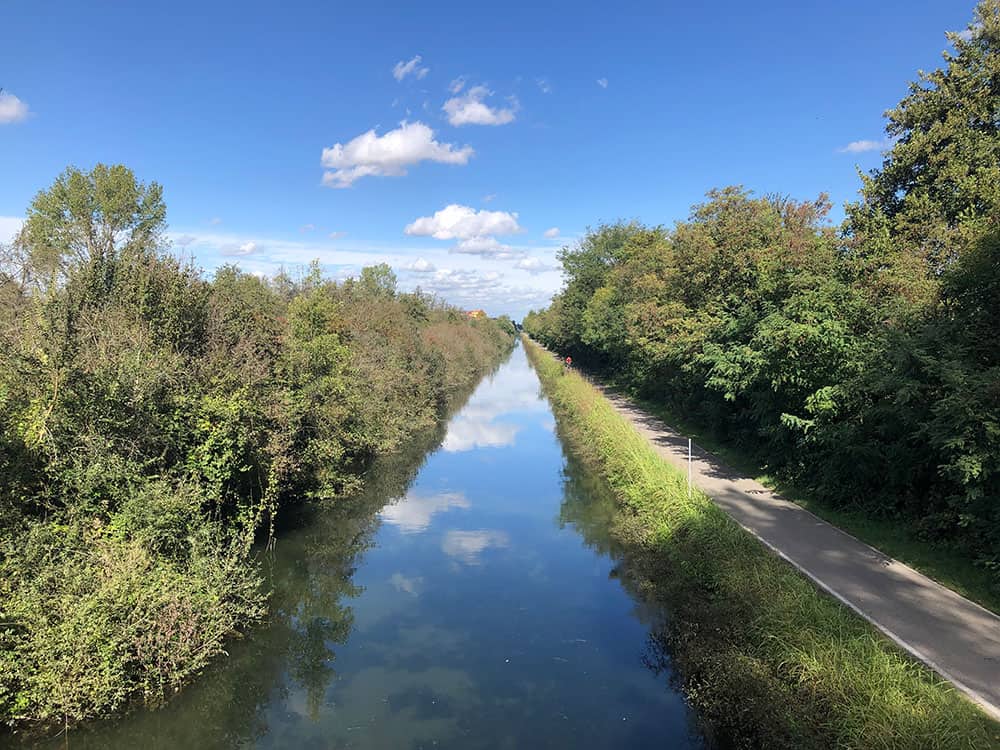
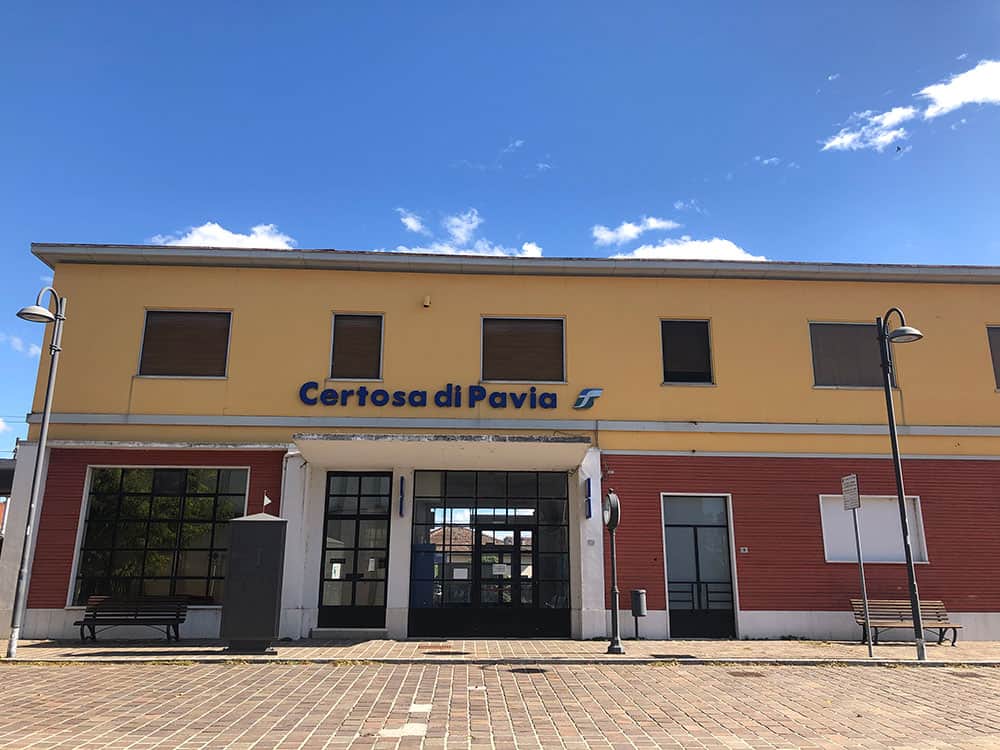
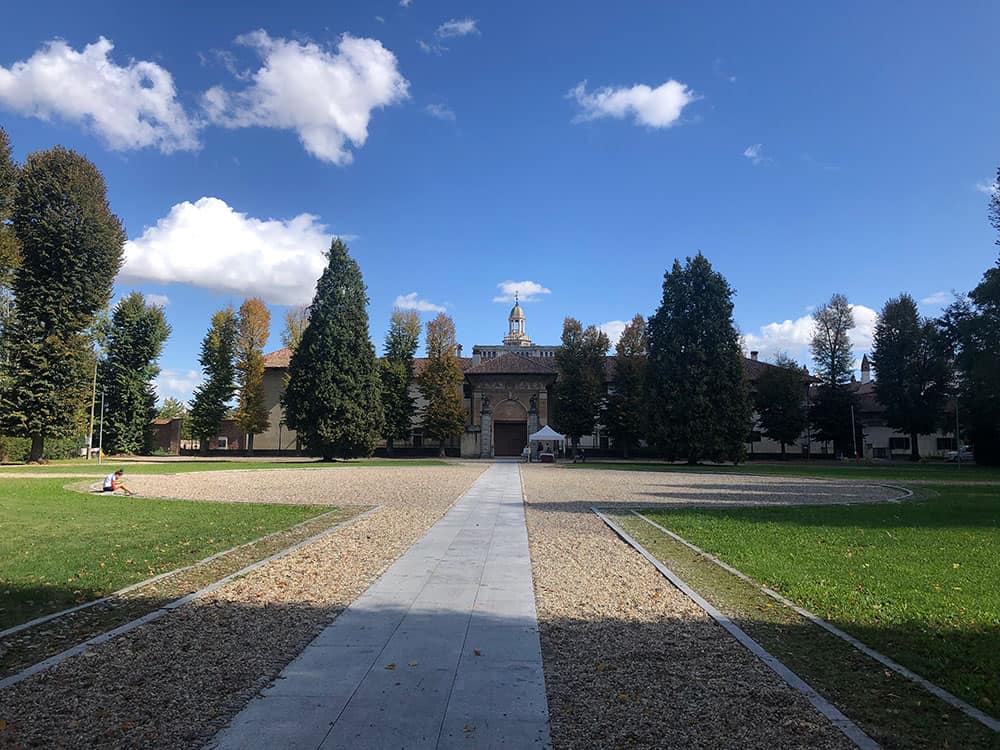
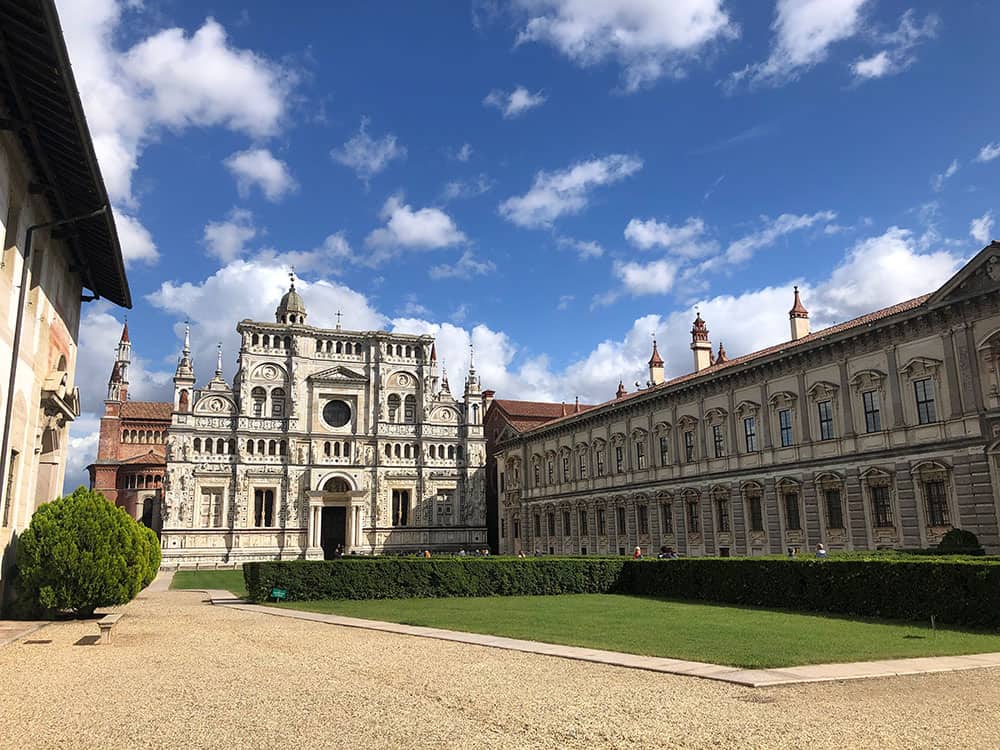
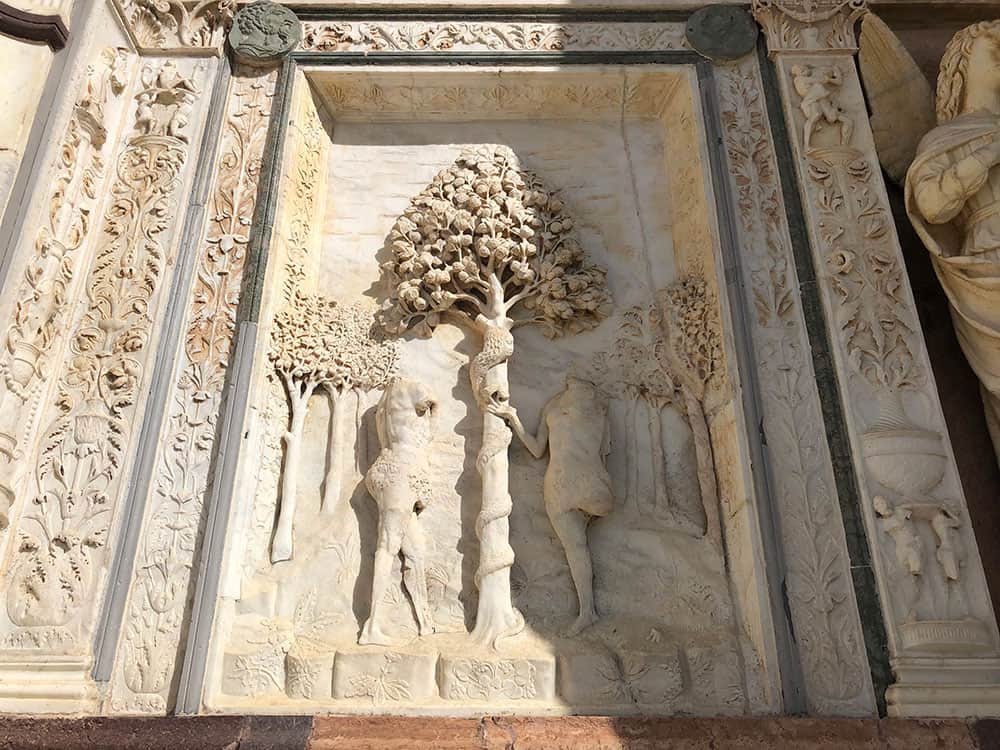
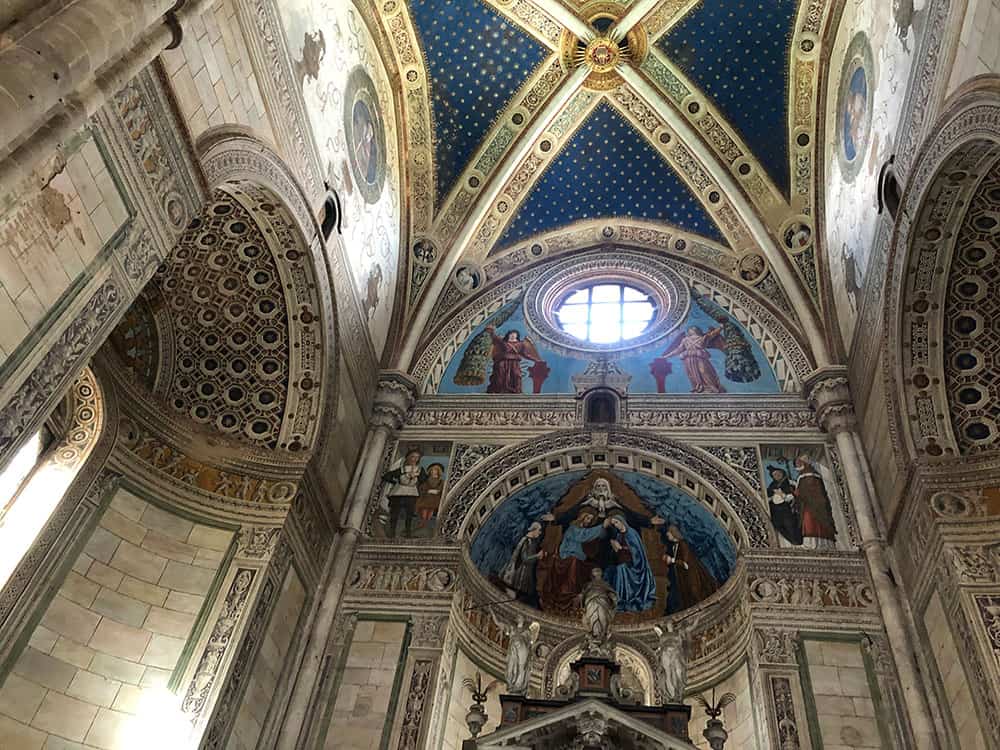
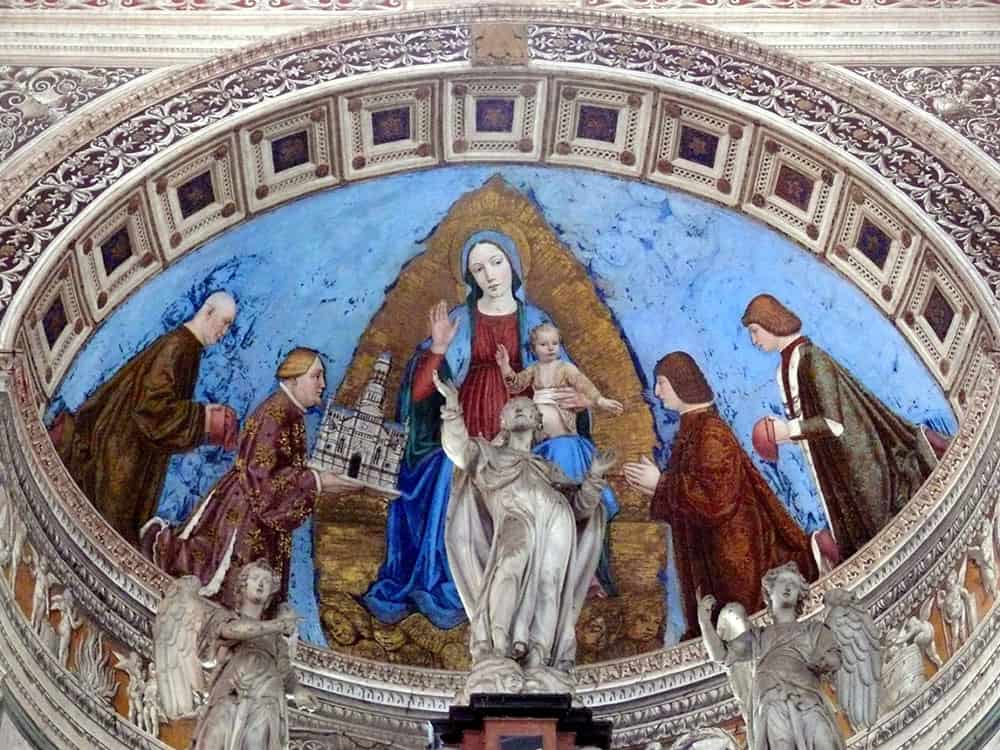
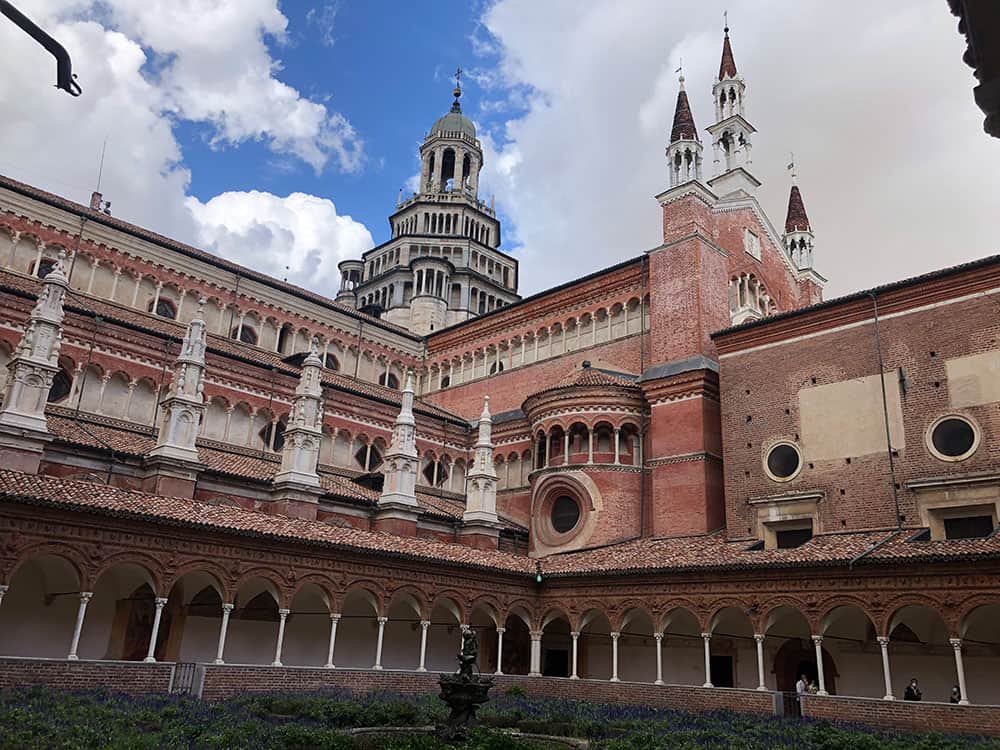
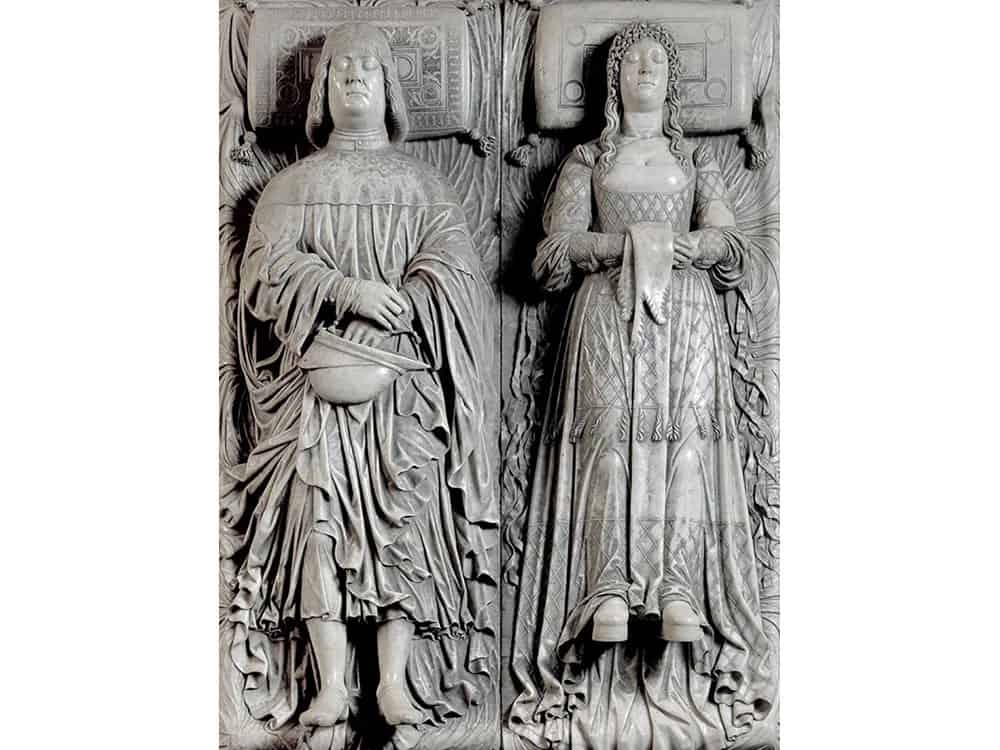
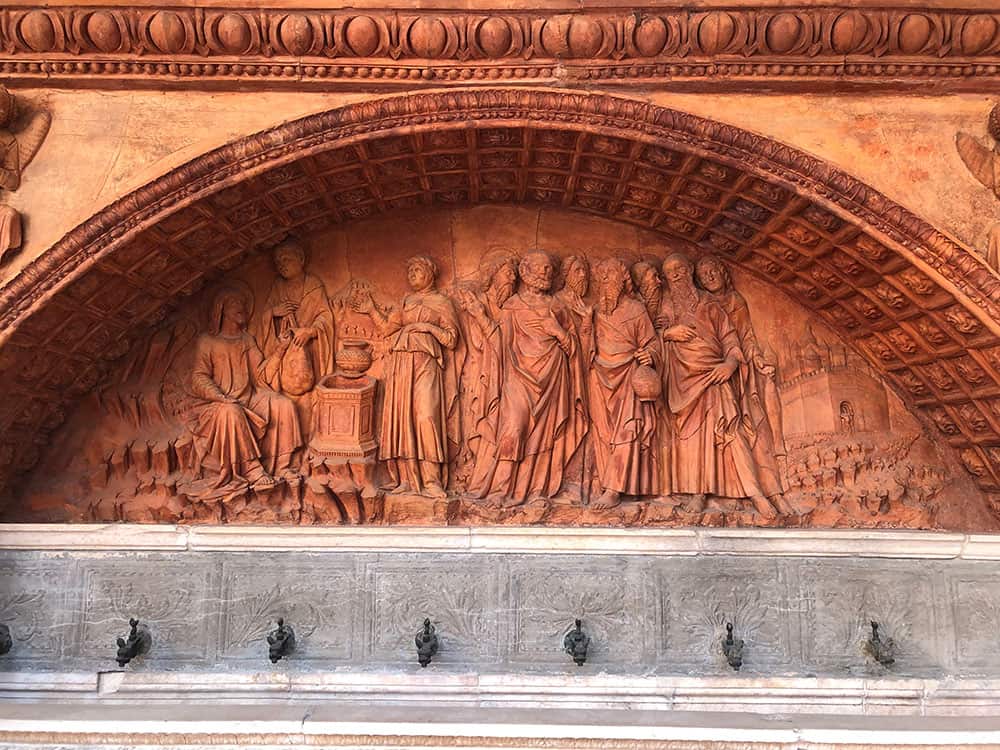
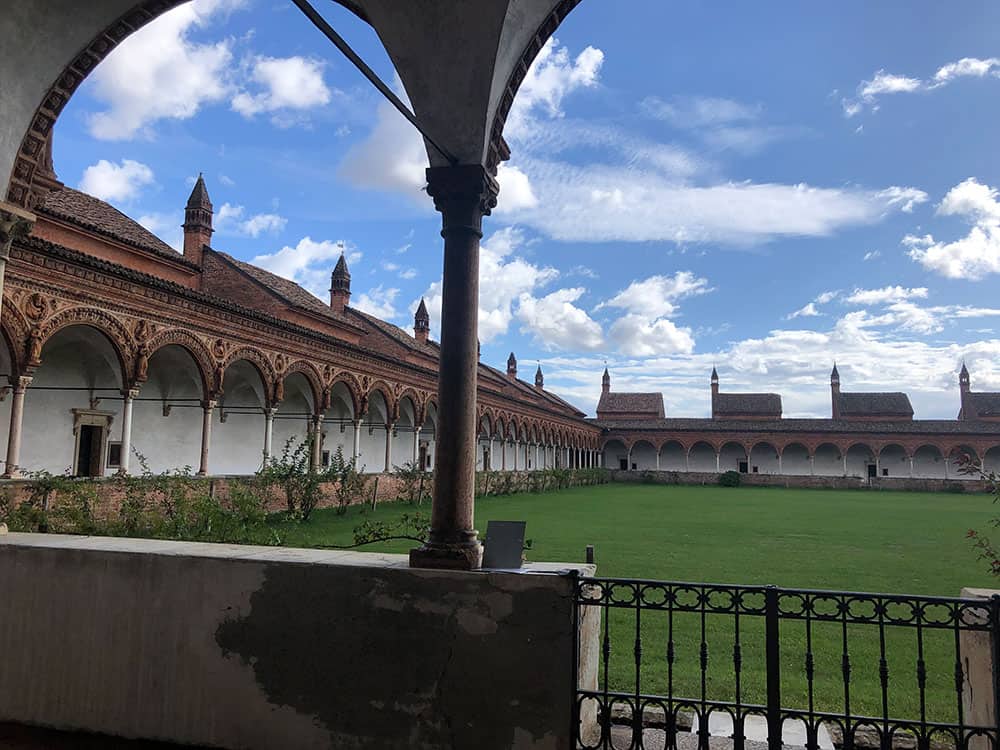
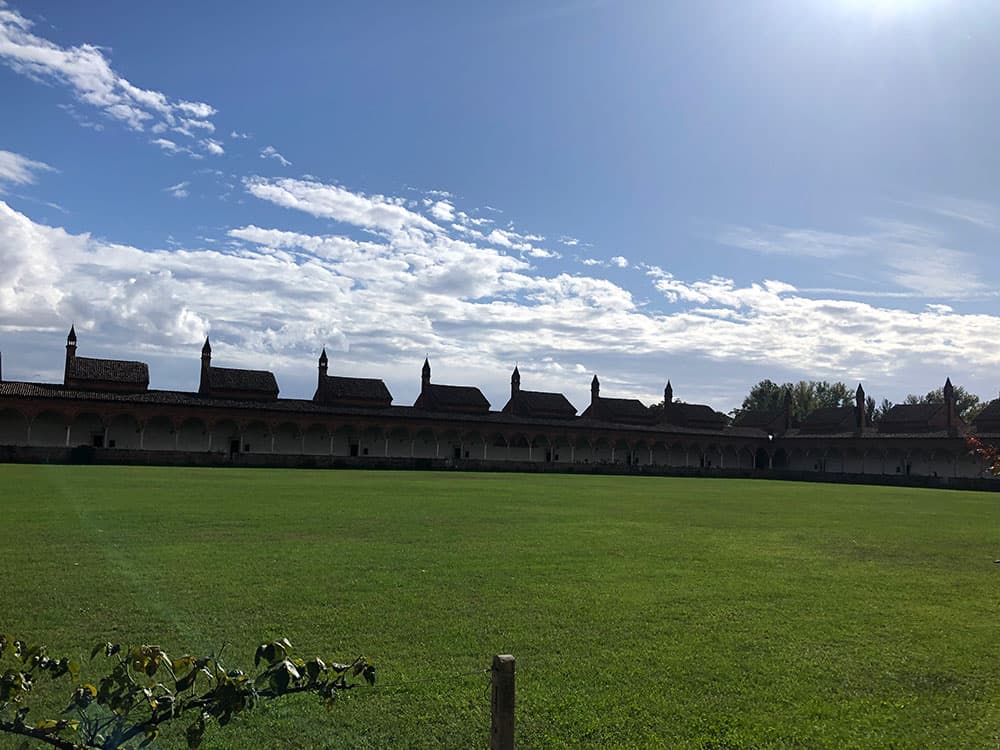
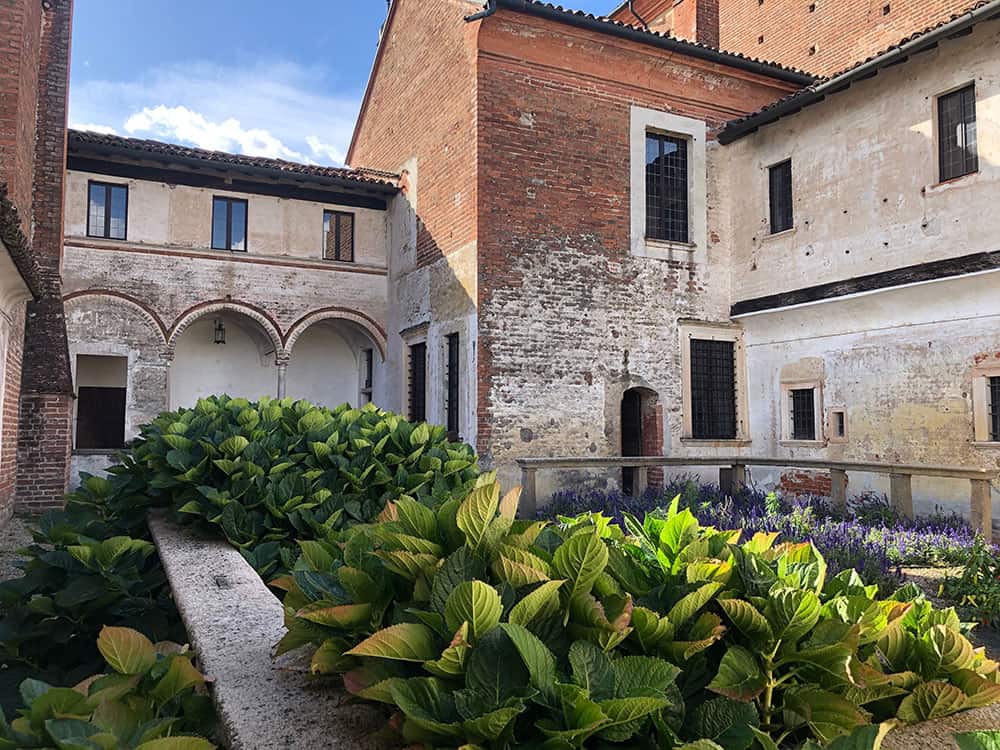
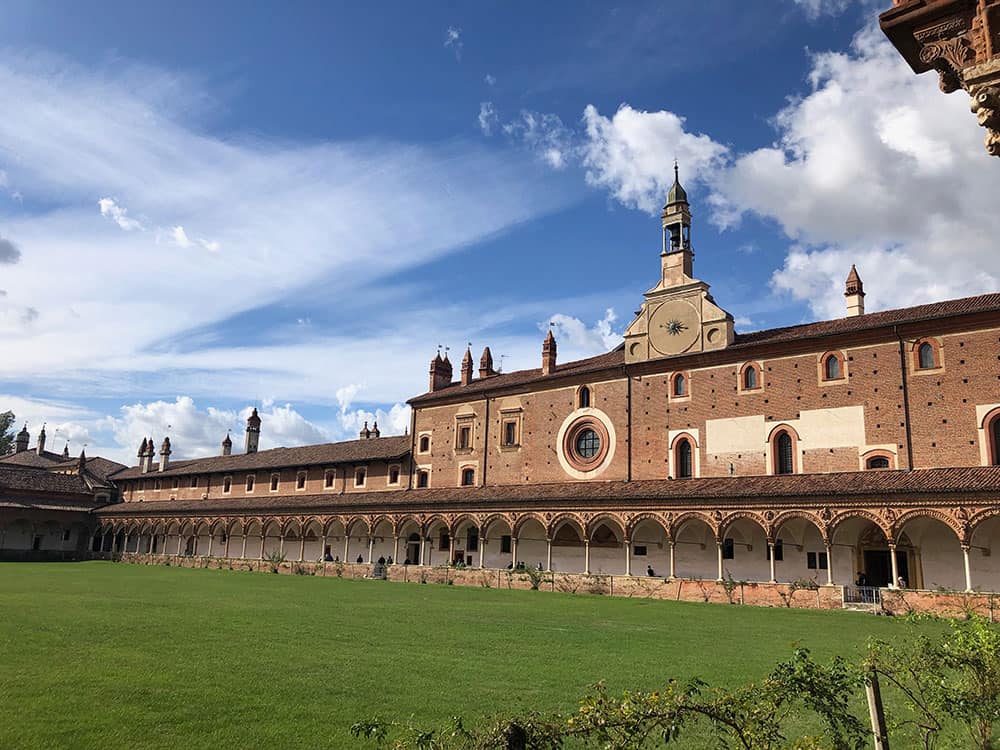
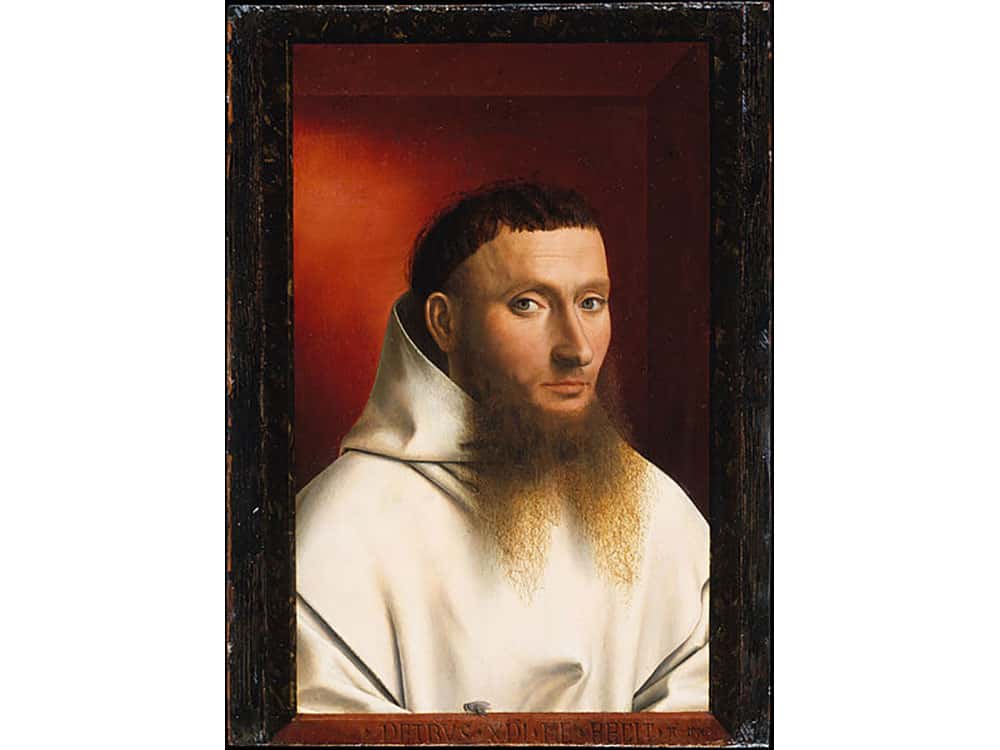
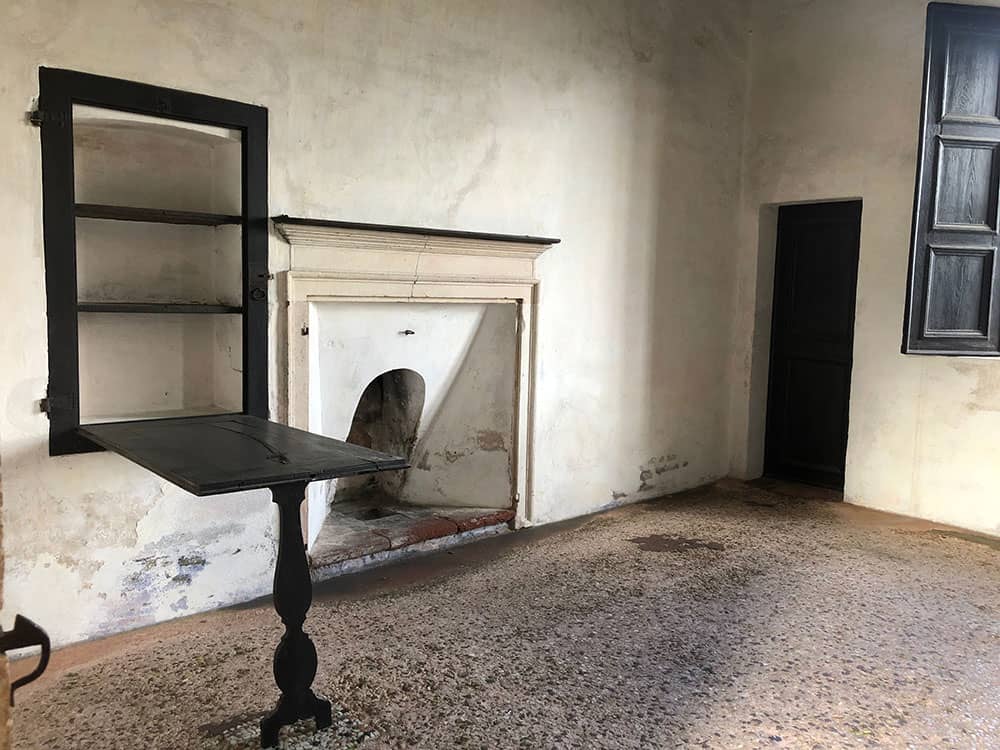
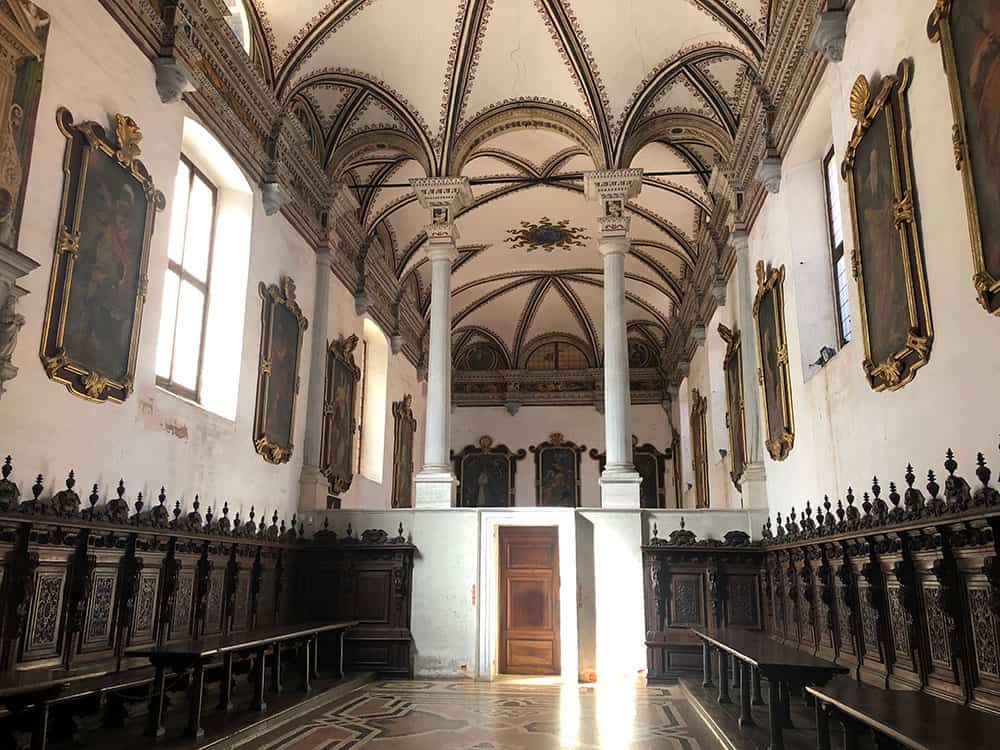
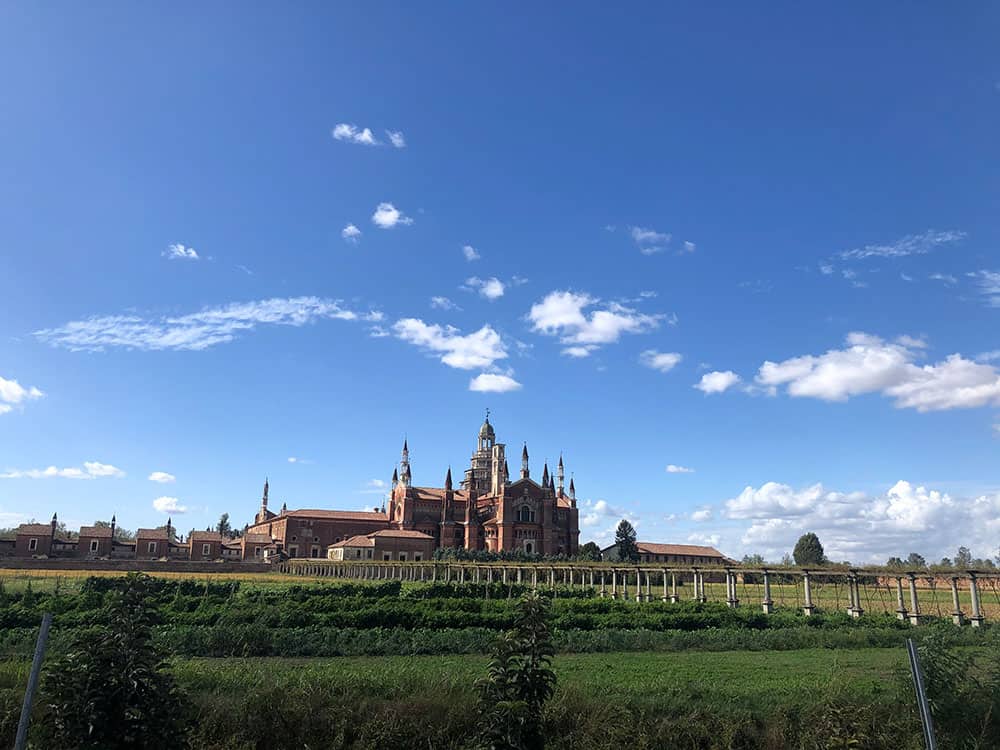
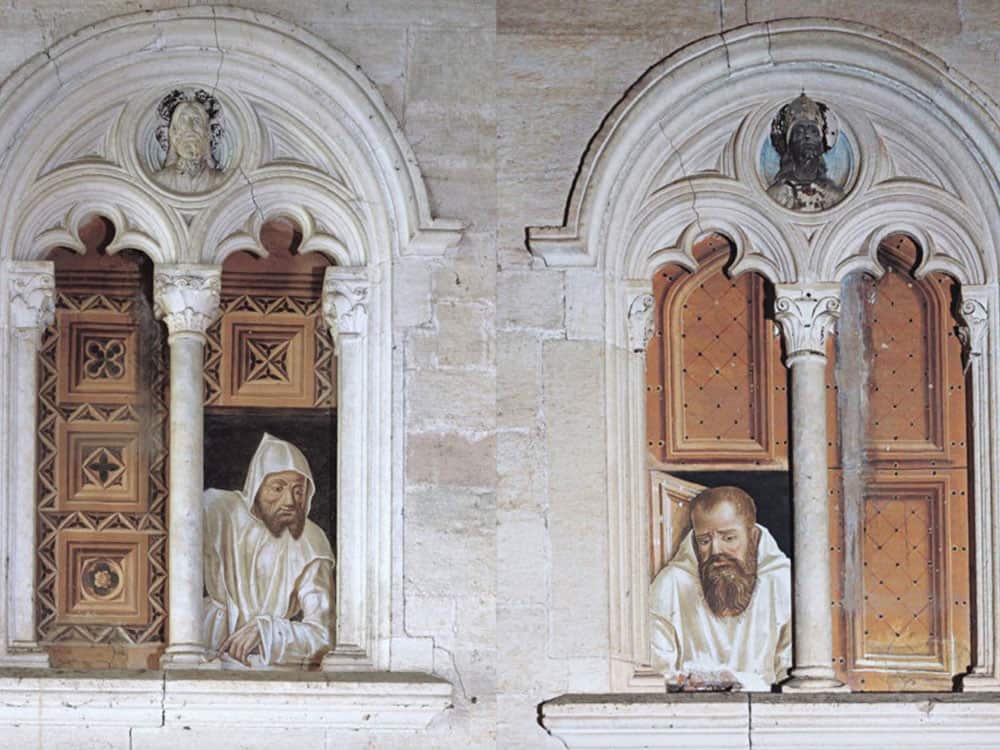
3 Comments
Kim | a little lunch
April 25, 2021Betti, I’m so glad you adore research. Your travel articles are not only filled with present-day wonders, but fascinating facts from the past. Thank you. It was a joy going along for the ride with you — without the bike!
casachiesi
May 5, 2021Hi Kim! Thanks for checking out our article. Betti loved the ride! How are things turning out in your neck of the wood. We still have at least till Summer to figure it all out!
casachiesi
May 17, 2021Thank you Kim! I so enjoy our blog and exploring places off the beaten path! We are looking forward to more travels this Summer once things start opening up again.